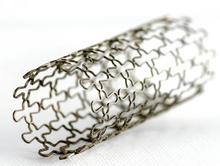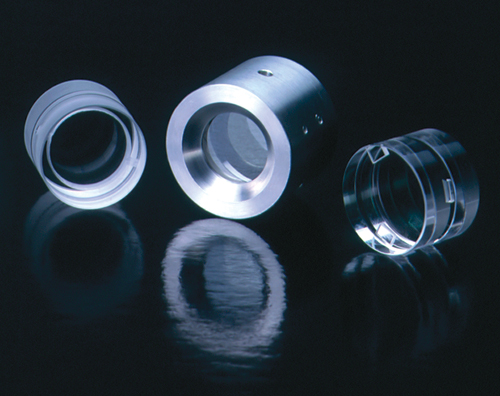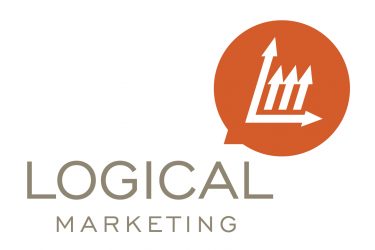Use articles to drive conversions
Driving traffic
Articles can be published in peer reviewed journals, trade publications, or even self-published on your website.
The best strategy is to determine what the purpose is of the article, where the target customer is going to look for that information, and then get it placed in that outlet.
- Build credibility. Peer-reviewed journals establish instant credibility that you have something and its not (or probably not) going to violate a law of the periodic table.
- Build understanding. Peer-reviewed should teach the technology or use. Trade publications are good places for reviews, comparisons of technology, and best application/product fit discussions. Articles which err on the side of no bias but "I want to deliver best information to customer" will serve double duty to build credibility and filter out the non-customers.
- Inform. The nitty gritty of your process and how to help a customer get from "I'm thinking about it" to "I need it" are often best delivered as white papers. These can be self-published and then distributed via your favorite trade magazine or online portal. Good search engine practices can also drive native search results.
Driving conversions
What information do your customers need to make a decision?
- How would they decide between a different technology and yours?
- How would they decide between varieties within your product offering?
- How would they decide how much or when to purchase?
- Pros and cons of a service level or subscription level?
Detailed articles satisfying customers' desires for information or need for information are a win-win on so many levels: improving knowledge, building your credibility, and providing fodder for search engines.
A company which provides more detail will be perceived as more professional and more transparent which lowers risk and improves the chances for conversion.
Driving customer satisfaction
- What are the common pitfalls of deploying the solution? opening the box? initial startups?
- What if something doesn't work -- can you have a trouble shooting manual for the 1% of the time problems?
- What if the product fails after being in the field? How can they repair or send back for repair?
- What if they want to re-order? Add to their fleet of widgets from you?
- Can you generate some YouTube videos on the product, how to install it, how to clean it, how to maintain it, or even how to dispose of it?
- The more information you can provide (especially online) the happier your customers will be. Reflect upon your own experiences, you know this already!
- I once had a horrible time getting a router to work from Linksys/Cisco. That tech support person was amazing! at 2 am (and yes it was someone on the other side of the world) spent 3 hours on the phone with me, coaching me through screens, chatting while we waited for things to re-boot, asking great questions. It convinced me to never look at another company for a router. I have been a loyal customer for 18 years based on that one call when the product failed out of the box!
- Other companies we are extremely loyal to have awesome product information and videos online. We understand some things don't work out of the box -- when a product fails to delight out of the box, have a support line to help your customers out.
- Below are a series of articles I have written or co-written which suited one of the above mentioned goals. The fiber laser optics article alone generated over 6000 downloads a month for over 2 years!

Lenses for Fiber Lasers
Benefits of aberration corrected lenses for fiber laser micro-machining. Read more: Lenses for micromachining

Optics for Fiber Laser Applications
Specifications to prioritize when optimizing a fiber laser optical system. Optics for fiber laser applications

Etalon Coatings
Improved coatings make etalons more robust. Laser Focus World.

Play the Game You Got
2 hours in the library may save your business. Read more: March 2013 SPIE Professional

Inside US Patent Law
A summary, in normal English, of the biggest change to patent law since 1952. Read more: October 2013 SPIE Professional

